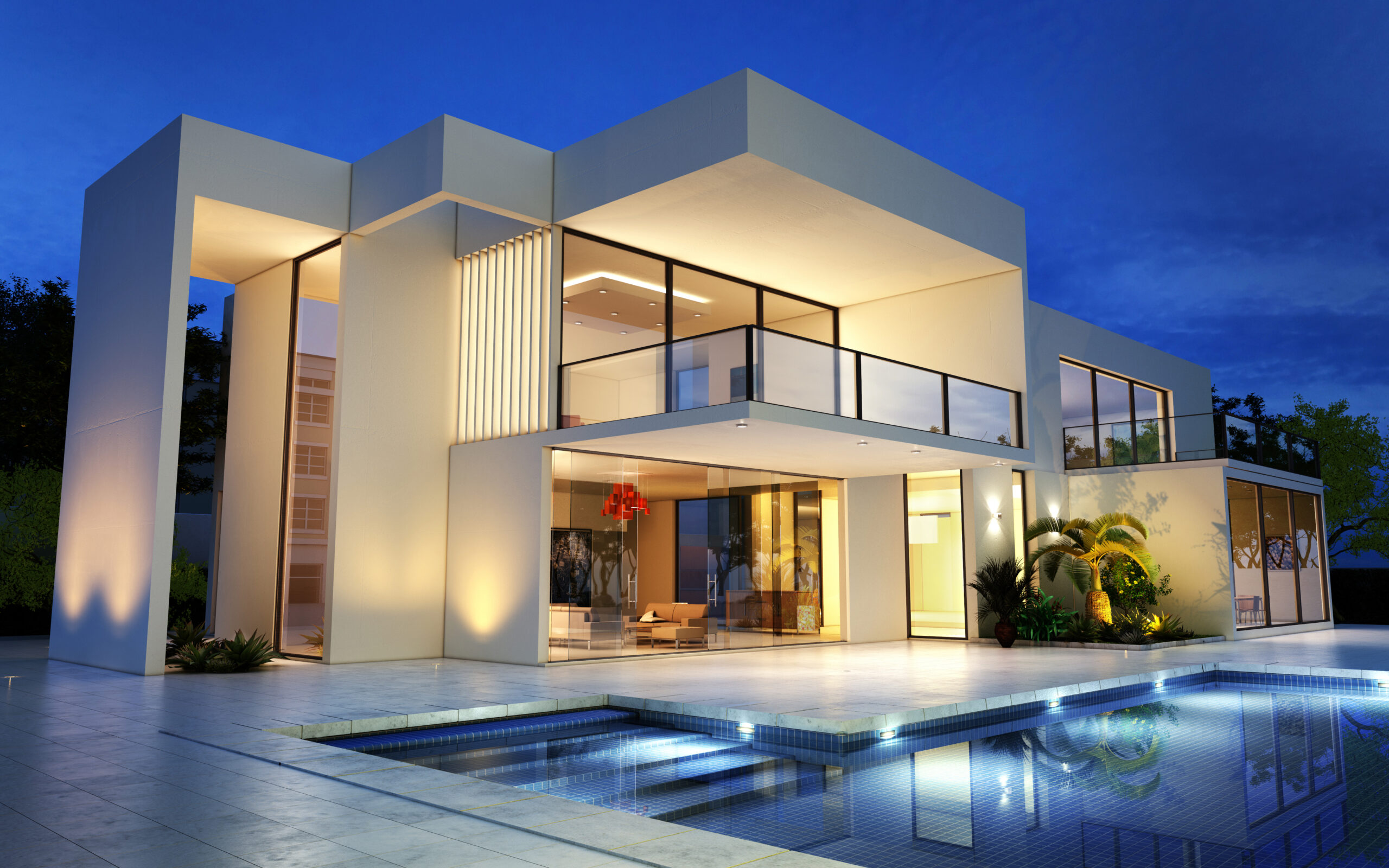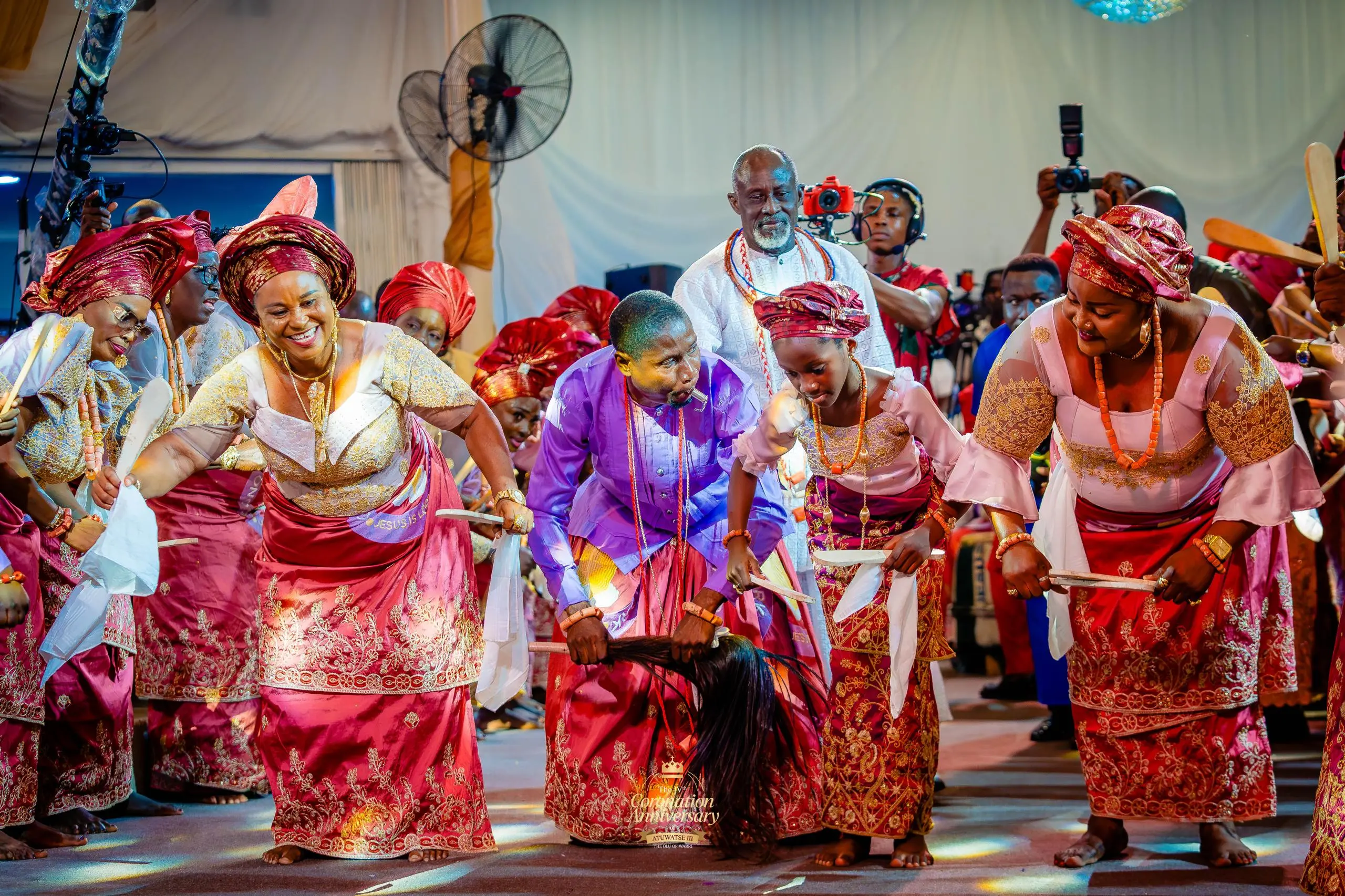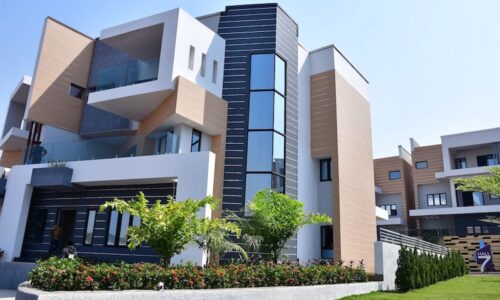- Judith Akatugba
- 0 Comments
- 850 Views
It takes time to transform a house into a home. However, residing in the appropriate kind of home is a big step in the right direction. Whether this is your first home purchase or your fifth, there are plenty of options to select from.
Here are 10 Unique Types of Houses to Inspire.
Read Also: The Best Time to Visit South Africa
It will be much easier (and less stressful) if you know what you’re searching for before you start the process. Once you’ve located the ideal home to call your own, don’t forget to adhere to our moving and safety advice.
1. Single-Family

In the United States, detached single-family homes are the most prevalent and, for many, the most coveted kind of real estate. This type of dwelling is independent of neighboring houses and sits on its own land. In the suburbs, where sizable neighborhoods of single-family homes developed following World War II, they are highly prevalent.
This kind of house can be any size, and many of the other varieties are also single-family homes; what makes it unique is that it is physically isolated from other homes, even if there are neighbors close by. A single-family home typically conjures up images of the traditional American dream—a white picket fence and a two-car garage.
2. In-Law Suite

Even though it is designated as a single-family residence, a house might still serve several generations. The in-law suite—a room constructed into or added to a single-family home—is becoming more and more popular. It is usually intended for the in-laws or parents of the home’s owners. Although it is technically a component of the main house, it may be found in the basement or somewhere else. They frequently have entrances of their ow
3. Carriage / Coach House

A carriage or coach house is a separate structure on the land that was originally constructed to store the residents of the main house’s horse-drawn vehicle or coach. These days, it serves a similar purpose as an in-law suite: it can accommodate a large family or be rented out to unrelated renters by the main house’s occupants.
4. Townhome

A row of homes with one or two shared walls is called a townhome. Although there isn’t the physical division that characterizes a single-family home, the interior may resemble or be identical to one. Owners of townhomes are in charge of maintaining the outside of the property since they own both the interior and the exterior, unlike condo owners, who may appear to be comparable to townhome owners
5. Bungalow

A bungalow is a single-family home that is typically square in shape, has one story, and typically has a front porch. They were well-liked in the United States in the early 1900s due to their affordable, straightforward design. Many have unfinished, low-sloping attics that might be transformed into more useful space with the help of contemporary building techniques and design advancements.
6. Cottage

The historical definition of a cottage is a tiny, one-room home with sturdy walls and a thatched roof. It originated in England and served as the model for the English cottage style of landscaping. But in more contemporary parlance, it’s frequently used to describe a vacation house, which can range widely in size but can truly be an opulent, spacious affair.
7. Cabin

Some people say that cottages—that is, cottages in the traditional sense of the word—and cabins are very similar, but cabins usually conjure images of being more rustic, straightforward, and at one with nature. Logs have historically been used to build them, but this isn’t always the case.
Similar to original cottages, cabins are often modest, unobtrusive residences; nevertheless, some have appropriated this style to create opulent, spacious holiday homes. This nebulous category also includes a chalet, with the added requirement that it be found in the mountains (whereas a cottage and cabin can be found in various locations).
8. Mobile Home

A mobile home is a sort of factory-manufactured house that can be pulled a lot but is not intended to be relocated frequently, not to be confused with an RV that is driven around.
Because they are mass produced and have a simplistic form, they are an affordable type of dwelling. Although owners of mobile homes can rent a plot of land in mobile home parks, they can also purchase a free-standing property that they can park a mobile home on.
9. Mansion

Although there is disagreement over the precise definition of a “mansion”—some claim it is 5,000 square feet, others claim it is 8,000 square feet or even larger—the term typically conjures up certain objective features: large size, lovely landscaping, many rooms, top-of-the-line appliances and entertainment equipment, and overall luxury features and amenities.
Depending on its location, architecture, and other distinctive traits, a mansion can be many different things, and it can also go by many different names. Mansions are comparable in size and opulence to other housing styles such as castles, palaces, chateaus, villas, and manors.
10. Container Home

Tiny homes can also be constructed as container homes, although these dwellings are built particularly from pre-existing containers (imagine cargo containers on a ship). They can be constructed in a multitude of configurations using a single large container or several smaller ones. Certain construction firms specialize in building containmentr homes.











